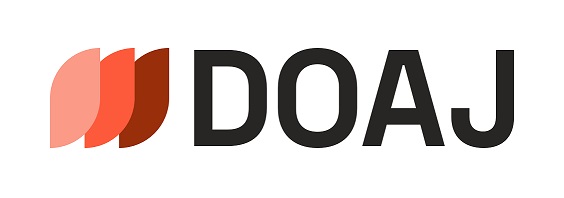Marketing favours: Formal and informal criteria for pricing Albrecht Dürer‘s works between 1500 and 1650
DOI:
https://doi.org/10.23690/jams.v1i1.3Keywords:
Dürer, pricing, 16th century, open market, commissions, price levels, formal market, gift market, paintingAbstract
From an economical point of view, Albrecht Dürer was one of the most successful artists of his time. However, there was never a single market or price system for Dürer’s works, be it during his lifetime or posthumously. While the artist was alive, pricing his works was not governed by a standard set of more or less ‘objective’ or quantifiable criteria. Instead, each price was a matter of negotiation. The main differences were between the ‘open’ market – mostly
covering printed goods and smaller paintings - and the market for commissioned goods - mostly covering larger paintings and portraits. In addition, buyers were either active in the ‘princely’ market for persons of elevated social rank, or in the ‘urban’ market for wealthy patricians. The buyer’s social rank could significantly influence price levels. Both groups of buyers were involved in two other types of markets, tentatively designated as ‘formal market’ and ‘informal’ or ‘gift market’.
Published
How to Cite
Issue
Section
License
Copyright (c) 2017 Anja Grebe

This work is licensed under a Creative Commons Attribution-NonCommercial 4.0 International License.
Except where otherwise noted, the Journal for Art Market Studies is licensed under the Creative Commons Attribution-Non-commercial 4.0 International license (https://creativecommons.org/licenses/by-nc/4.0/). Articles can be read and shared if attribution is given to the original source (BY) and the use is not for commercial purposes (NC).




